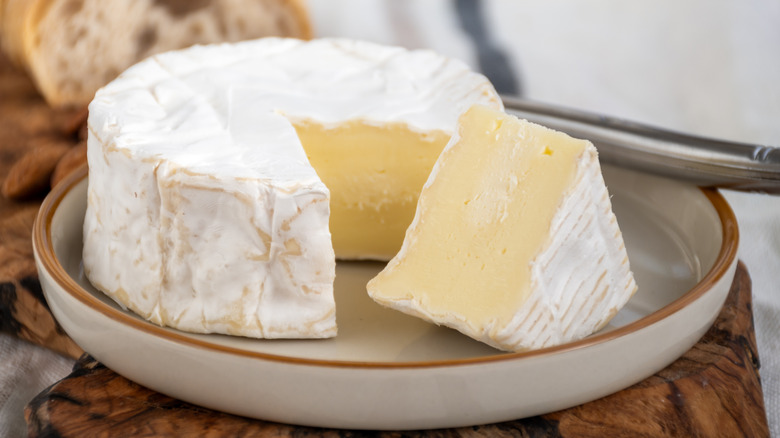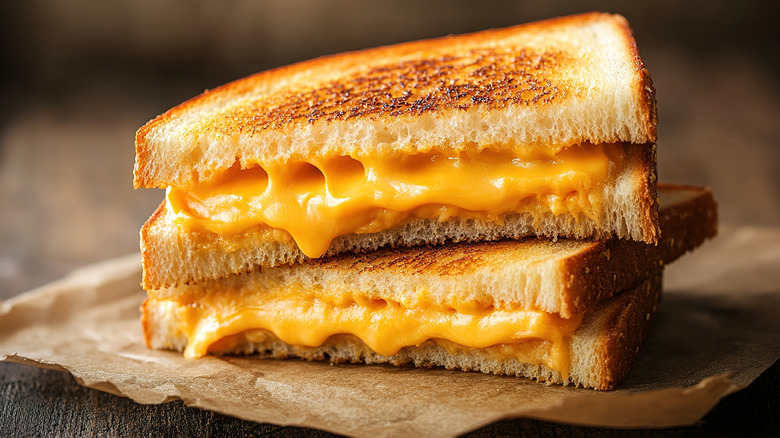How To Incorporate Stinky Cheeses Into Your Cooking
While brave enough to try a small bite of Roquefort or a light smear of Camembert on a cracker, bringing stinky cheeses home and incorporating them into your rotation of recipes is another matter. If the pungent aroma isn't enough deterrent, figuring out how to use them can be intimidating, as the possibility of wasting good ingredients on a dish no one will eat can seem like an exercise in futility.
Many cheese connoisseurs believe the stinkier it is, the better it will taste, and adding it to a recipe will only improve the flavor, but some of us might require a little more convincing. To help us develop our palate and recipes for these oh-so odiferous eats, Chowhound spoke exclusively with Molly Browne, Dean of Mongers at Cheese State University and Education Director at Dairy Farmers of Wisconsin. "One good way to experiment with it in the kitchen is to blend it with other cheeses," explains Browne. "A little goes a long way, so start small and add more as you gain an appreciation for the style."
Stinking up cheesy dishes
As the Dean of Mongers, Molly Browne appreciates the difficulty for novices to get past their noses. "It's important to know that cooking stinky cheeses will increase the volatility of the aromatics in the cheese, aka make it 'stinkier,'" but that's not always true. Consider raclette, a semi-hard cheese from France where the pungent aroma fades when melted on a hot griddle and scraped over a pile of boiled potatoes. Even some of the worst offenders such as Limburger or Epoisses will mellow while cooking.
Blending funkier cheeses with milder-smelling ones is the best way to acclimate and eventually recognize the flavor power of these malodorous marvels. Try adding a thin spread of Taleggio to give your grilled cheese an instant upgrade, or add a slice of Muenster for an ultimate macaroni and cheese. Before you know it, stinky cheese will become your new secret weapon for indescribably delicious dishes.

